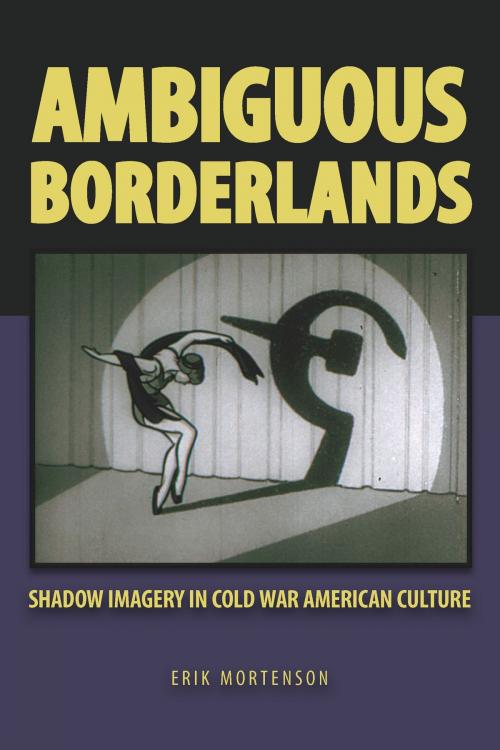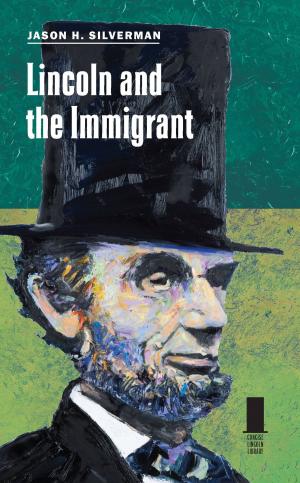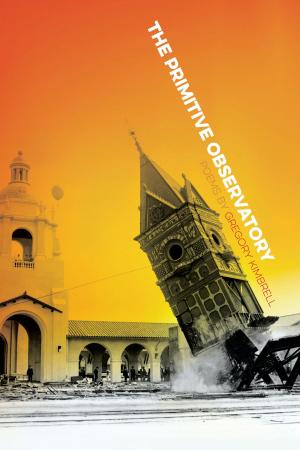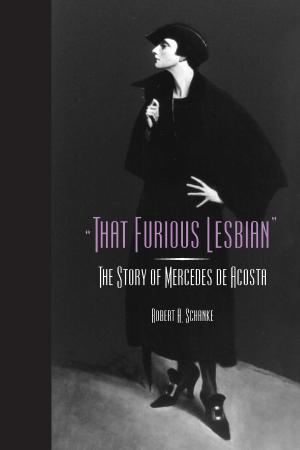Ambiguous Borderlands
Shadow Imagery in Cold War American Culture
Fiction & Literature, Literary Theory & Criticism, American, Nonfiction, History, Americas, United States, 20th Century| Author: | Erik Mortenson | ISBN: | 9780809334339 |
| Publisher: | Southern Illinois University Press | Publication: | February 3, 2016 |
| Imprint: | Southern Illinois University Press | Language: | English |
| Author: | Erik Mortenson |
| ISBN: | 9780809334339 |
| Publisher: | Southern Illinois University Press |
| Publication: | February 3, 2016 |
| Imprint: | Southern Illinois University Press |
| Language: | English |
The image of the shadow in mid-twentieth-century America appeared across a variety of genres and media including poetry, pulp fiction, photography, and film. Drawing on an extensive framework that ranges from Cold War cultural histories to theorizations of psychoanalysis and the Gothic, Erik Mortenson argues that shadow imagery in 1950s and 1960s American culture not only reflected the anxiety and ambiguity of the times but also offered an imaginative space for artists to challenge the binary rhetoric associated with the Cold War.
After contextualizing the postwar use of shadow imagery in the wake of the atomic bomb, *Ambiguous Borderlands *looks at shadows in print works, detailing the reemergence of the pulp fiction crime fighter the Shadow in the late-1950s writings of Sylvia Plath, Amiri Baraka, and Jack Kerouac. Using Freudian and Jungian conceptions of the unconscious, Mortenson then discusses Kerouac’s and Allen Ginsberg’s shared dream of a “shrouded stranger” and how it shaped their Beat aesthetic. Turning to the visual, Mortenson examines the dehumanizing effect of shadow imagery in the Cold War photography of Robert Frank, William Klein, and Ralph Eugene Meatyard. Mortenson concludes with an investigation of the use of chiaroscuro in 1950s film noir and the popular television series The Twilight Zone, further detailing how the complexities of Cold War society were mirrored across these media in the ubiquitous imagery of light and dark.
From comics to movies, Beats to bombs, *Ambiguous Borderlands *provides a novel understanding of the Cold War cultural context through its analysis of the image of the shadow in midcentury media. Its interdisciplinary approach, ambitious subject matter, and diverse theoretical framing make it essential reading for anyone interested in American literary and popular culture during the fifties and sixties.
The image of the shadow in mid-twentieth-century America appeared across a variety of genres and media including poetry, pulp fiction, photography, and film. Drawing on an extensive framework that ranges from Cold War cultural histories to theorizations of psychoanalysis and the Gothic, Erik Mortenson argues that shadow imagery in 1950s and 1960s American culture not only reflected the anxiety and ambiguity of the times but also offered an imaginative space for artists to challenge the binary rhetoric associated with the Cold War.
After contextualizing the postwar use of shadow imagery in the wake of the atomic bomb, *Ambiguous Borderlands *looks at shadows in print works, detailing the reemergence of the pulp fiction crime fighter the Shadow in the late-1950s writings of Sylvia Plath, Amiri Baraka, and Jack Kerouac. Using Freudian and Jungian conceptions of the unconscious, Mortenson then discusses Kerouac’s and Allen Ginsberg’s shared dream of a “shrouded stranger” and how it shaped their Beat aesthetic. Turning to the visual, Mortenson examines the dehumanizing effect of shadow imagery in the Cold War photography of Robert Frank, William Klein, and Ralph Eugene Meatyard. Mortenson concludes with an investigation of the use of chiaroscuro in 1950s film noir and the popular television series The Twilight Zone, further detailing how the complexities of Cold War society were mirrored across these media in the ubiquitous imagery of light and dark.
From comics to movies, Beats to bombs, *Ambiguous Borderlands *provides a novel understanding of the Cold War cultural context through its analysis of the image of the shadow in midcentury media. Its interdisciplinary approach, ambitious subject matter, and diverse theoretical framing make it essential reading for anyone interested in American literary and popular culture during the fifties and sixties.















